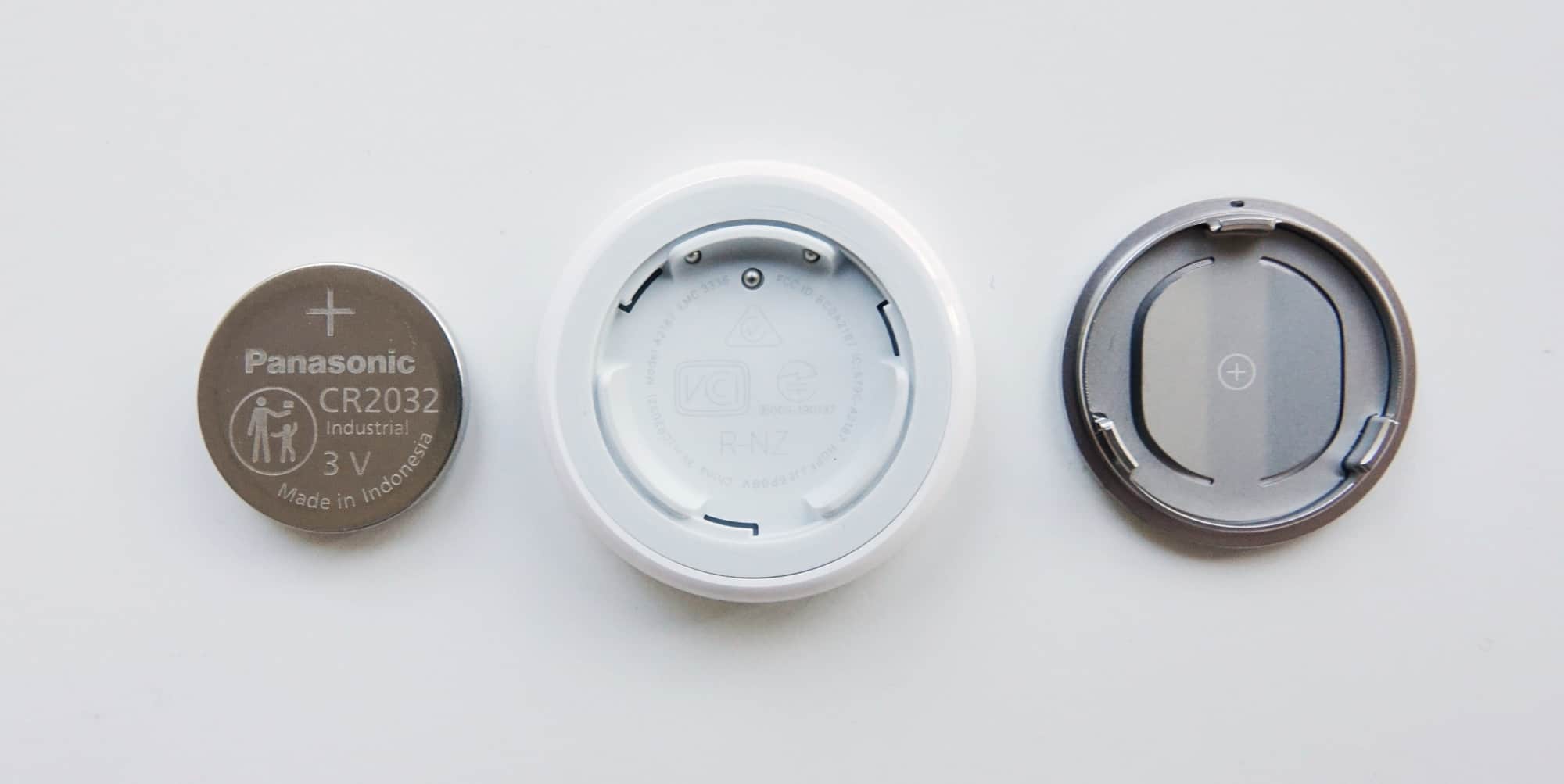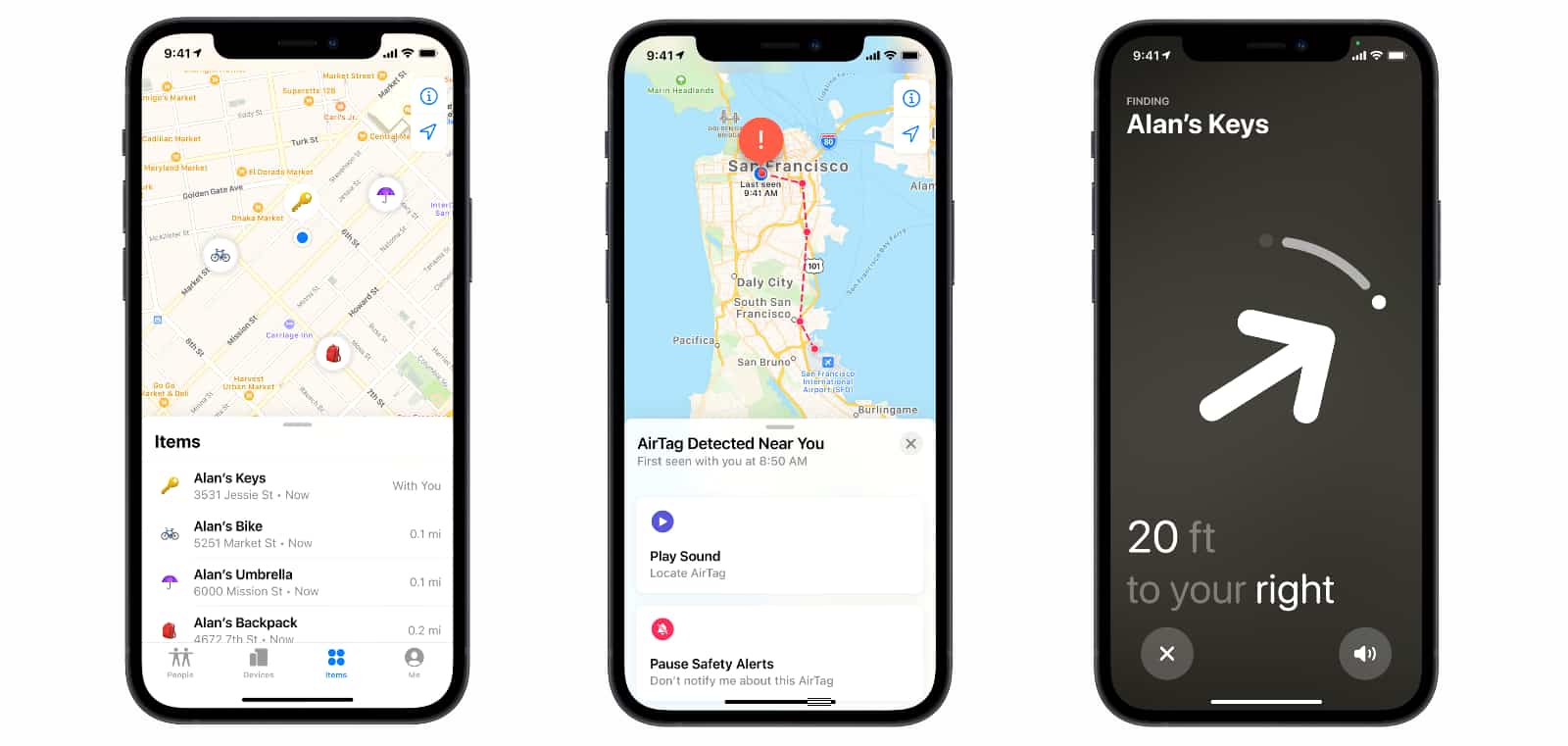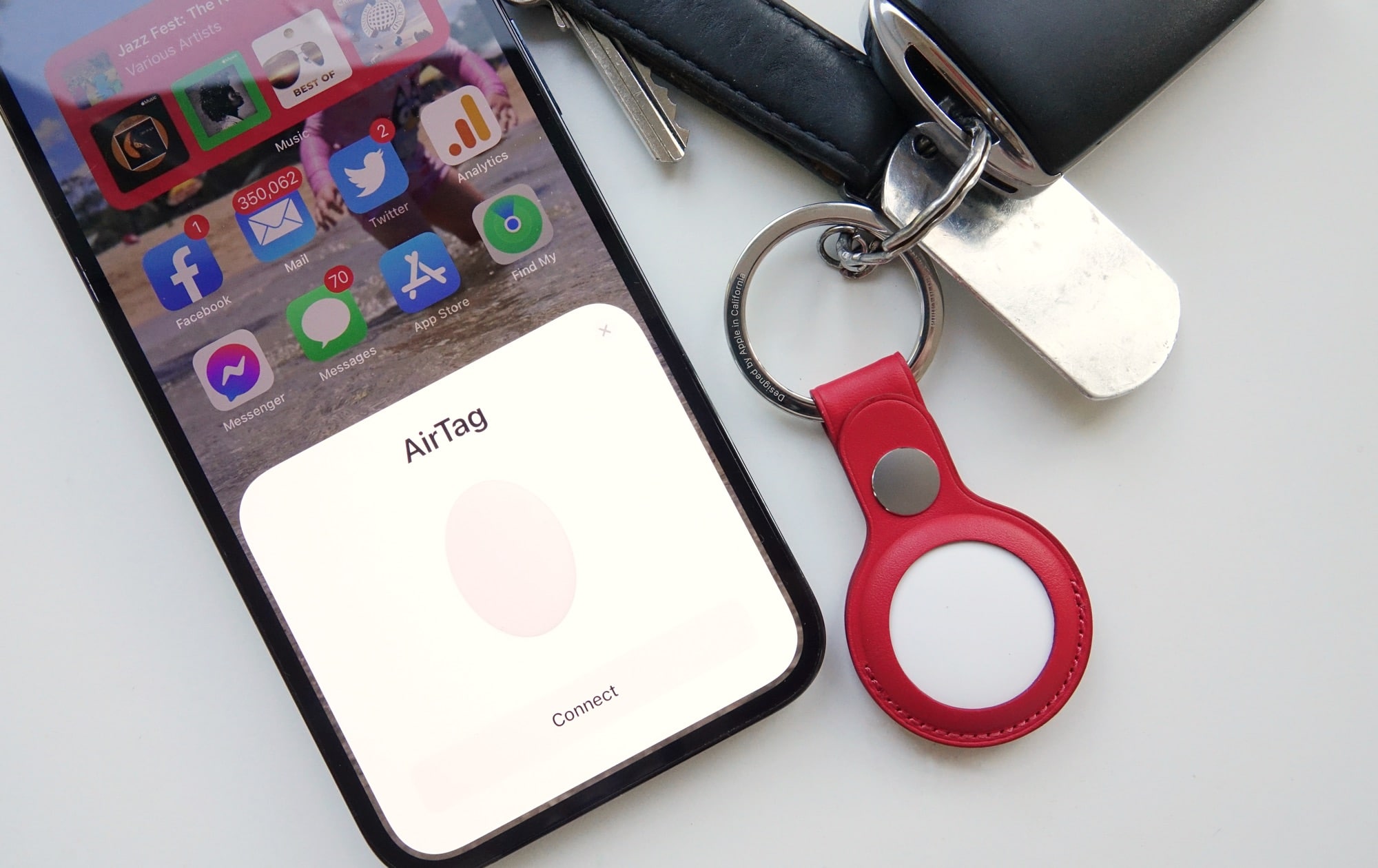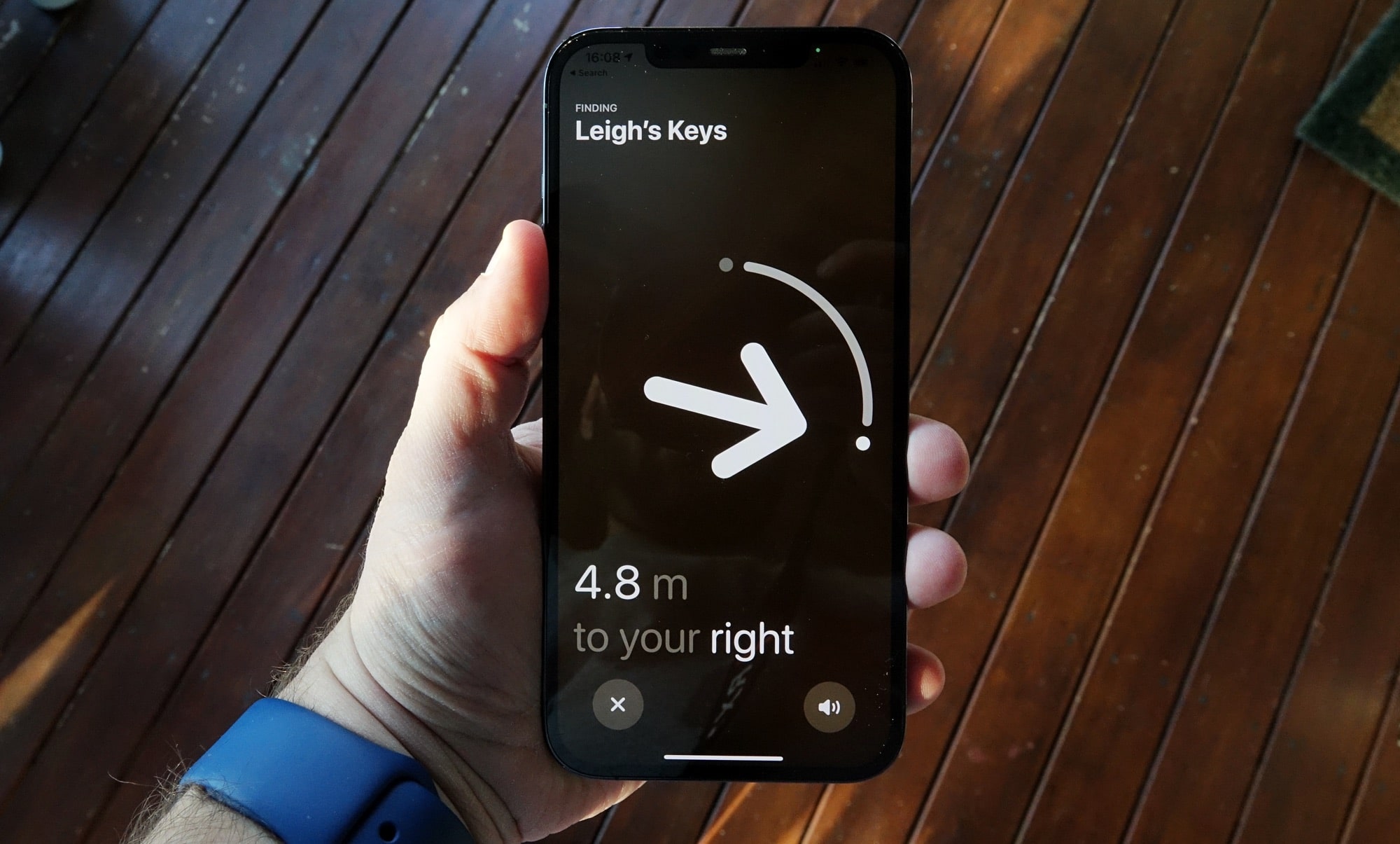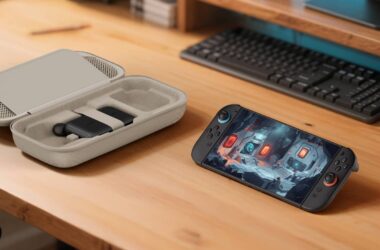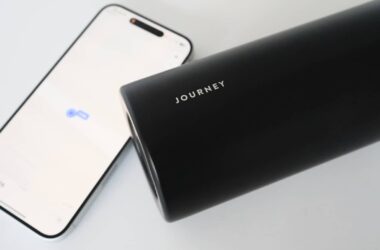Keeping tabs on your keys, wallet, luggage, and even your car is something your phone and that of others can help with.
If you’ve ever lost your keys, your wallet, a backpack, or something else, you know all too well how frustrating it is just trying to get it back. Most of us typically become all too aware that losing your wallet means not getting our money back, but there are good people in the world, and you might just get lucky, especially if you could just remember where you lost it, where it fell out of your life in your world.
That’s an area where technology can help, and where a gadget commonly called a “Bluetooth tracker”, or more simply a “tracker”, can be used to keep tabs on things in your life.
What is a tracker?
As the name suggests, a Bluetooth tracker is a little gadget designed to track an item when it’s attached to it or sitting inside of it. Also called a “key finder” or “electronic finder”, they’re essentially a device that uses wireless signals to pinpoint the location of the thing they’re next to or inside.
If that’s a wallet, it could be a tracker in the shape of a card sitting inside, or if it’s a bag, it could be a tracker attached to it or even inside a luggage compartment. A tracker could even be stuck to the surface of an object using adhesive.
The point is that a tracker is for tracking things, often keys and luggage, but sometimes things you mightn’t expect, such as your cars and finding them in a carpark.
Who makes trackers?
You can find a tracking gadget from a few companies, but the most popular two come from Tile — which is one of the original brands — and Apple, the latter of which makes the AirTag and uses Apple’s “Find My” network to monitor not just AirTags, but other gadgets built by Apple and Beats.
Both are similar, and yet also different, and even though they rely on similar concepts and technology, they also work a little differently.
How do trackers like an AirTag and a Tile work?
Perhaps unsurprisingly, Bluetooth trackers rely on a form of Bluetooth to talk to your phone, but they also do a little more than that.
Like other network devices, each Bluetooth tracker comes with its own universally unique identifier, a “UUID”, and when they link up with your phone, they use the low energy form of Bluetooth (Bluetooth LE) to link up the details. Your phone starts using a low power form of Bluetooth to talk to a unique Bluetooth tracker, and all of a sudden, it’s talking to that gadget, keeping a position on where it is.
From there, that gadget is also actually talking to devices from other people, to the tracking software of other people’s phones, but not in the same way that you are.
Your account to Tile and Apple’s “Find My” network is tracking your uniquely identified gadgets, pinpointing the position of where they are, but everyone else is helping you do the tracking without realising it.
In essence, everyone with the software becomes unwittingly crowdsourced to help pinpoint other gadgets, essentially having their phone pick up on other signals for other trackers, noting the position, and sending it to a central server encrypted.
If that sounds a lot like jargon, what it means is that everyone with the Tile app is helping keep tabs on your Tile gadgets, and you’re also doing the same for other people’s Tile trackers.
In the world of Apple’s AirTags and other gadgets using the “Find My” network, every iPhone is inadvertently doing the same, as it picks up on the signals of those tracking objects when they’re within reach, and reporting those signals back to a central server, where only the owner of those gadgets can see them.
If I’m always tracking, can I see everyone’s tags?
The funny thing about these gadgets always tracking is that you can’t see everyone else’s tags. Quite the opposite actually.
In tracking software, you’re only made aware of what you’re tracking, specifically the IDs of the trackers that have been assigned to your account.
It’s true that other tags — the Tiles and AirTags and competitors of the world — are being tracked in the background by your device, pinging them with a signal and reporting it back to a server, but you can’t see what they’re doing.
Rather, you pick up on the signals of lots of little trackers when they’re within reach of your phone and app, but you don’t know whose or what they are. They just happen in the background and are encrypted.
In short, by having your own trackers, you’re also potentially helping other find their own stuff because you’re doing some tracking yourself.
Are trackers tracking a GPS position?
It’s worth noting that Bluetooth trackers aren’t the same as a GPS tracker, or not necessarily the same. They can track position, but that position mightn’t be a real-time track of something.
GPS trackers are similar but also different because they’re typically built to maintain a persistent connection to where something is, kind of like keeping a GPS running in your car. They’ll often try to keep a GPS location, and may need a lot of power, because GPS connections aren’t typically power friendly.
By comparison, a Bluetooth tracker uses the low power form of Bluetooth, Bluetooth LE, and may not need to have its battery replaced for up to a year, compared to a GPS tracker running out within days, if not a whole lot sooner unless it’s plugged into a power source inside the car.
However, Bluetooth LE trackers may also have provide a tracked GPS position, albeit much more slowly.
Because a tracker is always being tracked by having its signal picked up from devices around the place, it is having a GPS location pin-pointed, just not in real-time. That’s especially true if there’s a device that is always picking up on signals of trackers, and if a tracker is thrown into a bag or car without its owner realising it, it can be used for nefarious purposes.
Can trackers be used for bad purposes?
Trackers don’t technically have limitations on how you can use them, but obviously the point is to track your own gear, or things that you actually have permission to keep tabs on.
Most people use them to track keys or luggage, especially if you’re worried you might lose them, but we’ve even heard of some trackers being used to track animals and pets, because these devices are as small as the tags you’d have on a collar.
Yet some people have also taken to using trackers to stalk and harass, and that opens up a whole situation device makers are now adapting to.
Clearly something you shouldn’t do, Apple has adapted its AirTag to make sounds when an unfamiliar AirTag is somewhere away from its owner, and will provide the details of an AirTag account holder to the police, which is also tied to that person’s iPhone, their bank or credit card, and all the purchases they have previously met.
It’s just one step to thwart people from using these trackers for the wrong thing, and there’s even an Android app to let Android phone owners check their area for nearby unwanted AirTags.
Which tracker is best for me?
There’s no shortage of tracker competitors out there, with the more popular options from Apple’s AirTag and Tile’s trackers, but other models from TrackR, Chipolo, and even Samsung’s Smart Tag.
Yet the strength of your tracking also comes back to just how many other people are using the service and tracking your things in the background, which may explain why Tile and Apple have the edge.
With Tile’s tracking technology, the concept has been around for over seven years, and so has lots of users around the world, with numerous versions of Tile finding gadgets out there. You can find Tile tracking technology in more than just Tile’s tracking gadgets, with the tech also in select Intel-equipped laptops, Bose headphones, Skullcandy headphones, a variation of a Blunt umbrella, and even a wearable from Fitbit.
Tile is available for both iPhone and Android, and so works with lots of things, but because Tile’s tracking relies on other people having the app installed on their devices, your tracking strength and reliability is only as strong as how many others use that network, and that’s true of pretty much every key finder and tracker.
Except Apple.
While Apple uses the same concept, it has built the tracking technology into the operating system used on the iPhone, iOS, and so everyone with a recent iPhone isn’t just able to track their own devices, but is also tracking everyone else’s gadgets without realising it. Again, this happens entirely in the background, and if you’ve ever seen how many iPhones are out there in the world, you can see how Apple has quickly built up the strength of its FindMy network.
Simply put, every iPhone is providing some tracking and positional locating, whether they walk past an AirTag without realising it, or even drive by one. A location is tracked and its details sent to the cloud, all unbeknownst to the iPhone’s owner.
Apple also has an addition for owners of the iPhone 11 and up, including models in the iPhone 12 and models in the iPhone 13 range, with support for a recent wireless technology called “ultra-wideband radio”.
Also called “UWB”, Apple uses this form of short-range wireless to communicate to owners of an AirTag where that device is. Available only to that owner, it can essentially turn an iPhone into a short-range navigation gadget to help you find your AirTag, and something we’ve used to help find keys and even our car.
While UWB is available only to Apple’s AirTag in the beginning, Tile has noted that it will be including the technology in an upcoming tracker, the Tile Ultra, so it will also be something others can try later on.
However, the phone you have can also determine which device you may want to use. For instance, if you’re an Android user, you can’t yet use an AirTag because you need an iPhone to pair it, and subsequently need an Apple account to tie the device ID to. Until Apple changes this, AirTags are more just for people living in the world of the iPhone, iPad, and so on.
Tile (and other competitors) get around this with an app that works for both platforms, but also relies on the strength of their networks.
As it is, Tile is easily the strongest finding gadget on Android, while Apple’s AirTag is the strongest on iPhone. Make of that what you will, though we think that will guide you into working out which tracker is right for you.



